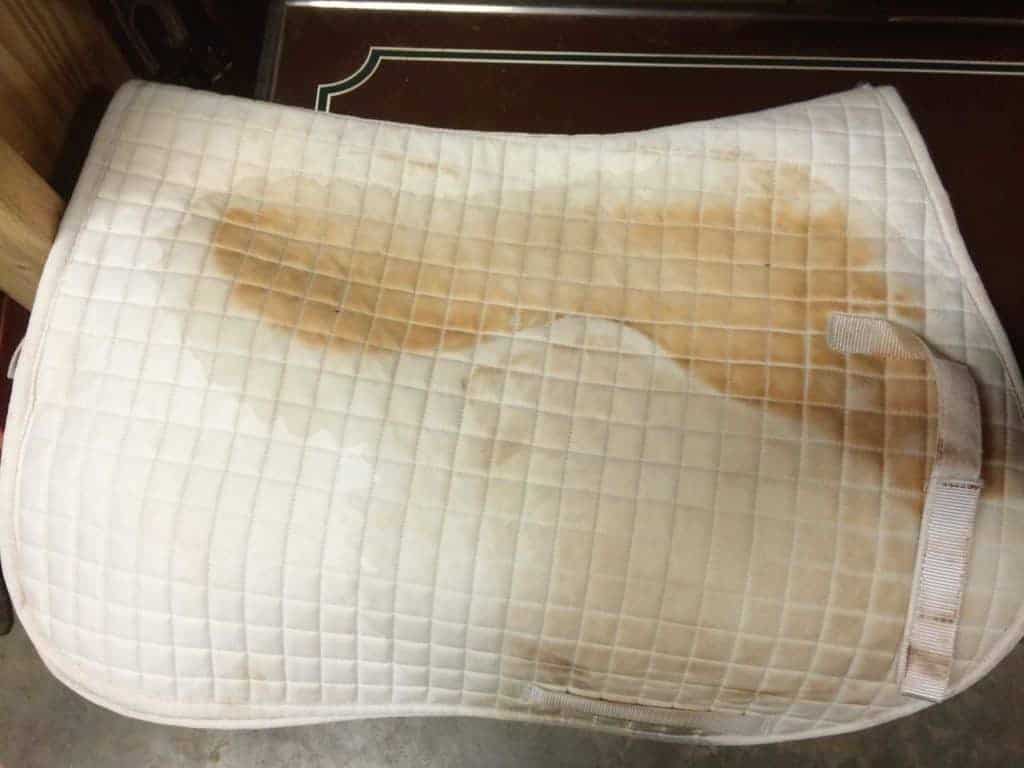
Do Western Saddles Distribute Pressure Evenly?
While Western saddles had uneven pressure distribution, study horses showed no signs of saddle-related discomfort.

While Western saddles had uneven pressure distribution, study horses showed no signs of saddle-related discomfort.

Find out how to prevent groundhogs, voles, and other pests from leaving horse-limb-sized holes in your pastures.

Polo ponies showed a high degree of movement asymmetry, but this doesn’t necessarily mean the animal is lame or in pain.
The review appeared in the British Equine Veterinary Association’s Equine Veterinary Education.

When was the last time you went through the saddle fitting process with a new prospect (or old), and what did you learn?

Watch for these telltale signs of poor saddle fit in your horse’s body, behavior, and movement.

Here’s how to prolong your arena footing’s lifespan and maintain a safe and functional riding surface.

From excessive dirt accumulation to dry spots, here’s what the sweat patterns under your saddle are really telling you.

Finite-element modeling is providing a more in-depth look at equine joint health under varying loading conditions.

Find out what you need to know about this devastating neurologic disease and what research developments are underway.

A poorly designed or damaged saddle affects not only your riding but also your horse’s comfort. Learn what to watch for.
Get take-home messages from the 2015 USEF High-Performance Sports Medicine Veterinary Meeting in Portland, Oregon.

Saddle fitters use tracing or templating to record the shape of a horse’s back. Here’s how it works.

Some forelimb lamenesses can result in the horse appearing unsound in a hind limb.

Just 50% of owners were satisfied with the outcome of the current surgical treatment for upward fixation of the patella.

Some sores, injuries, and infections can make saddling a painful process for your horse. Here’s what to watch for.
Stay on top of the most recent Horse Health news with
"*" indicates required fields